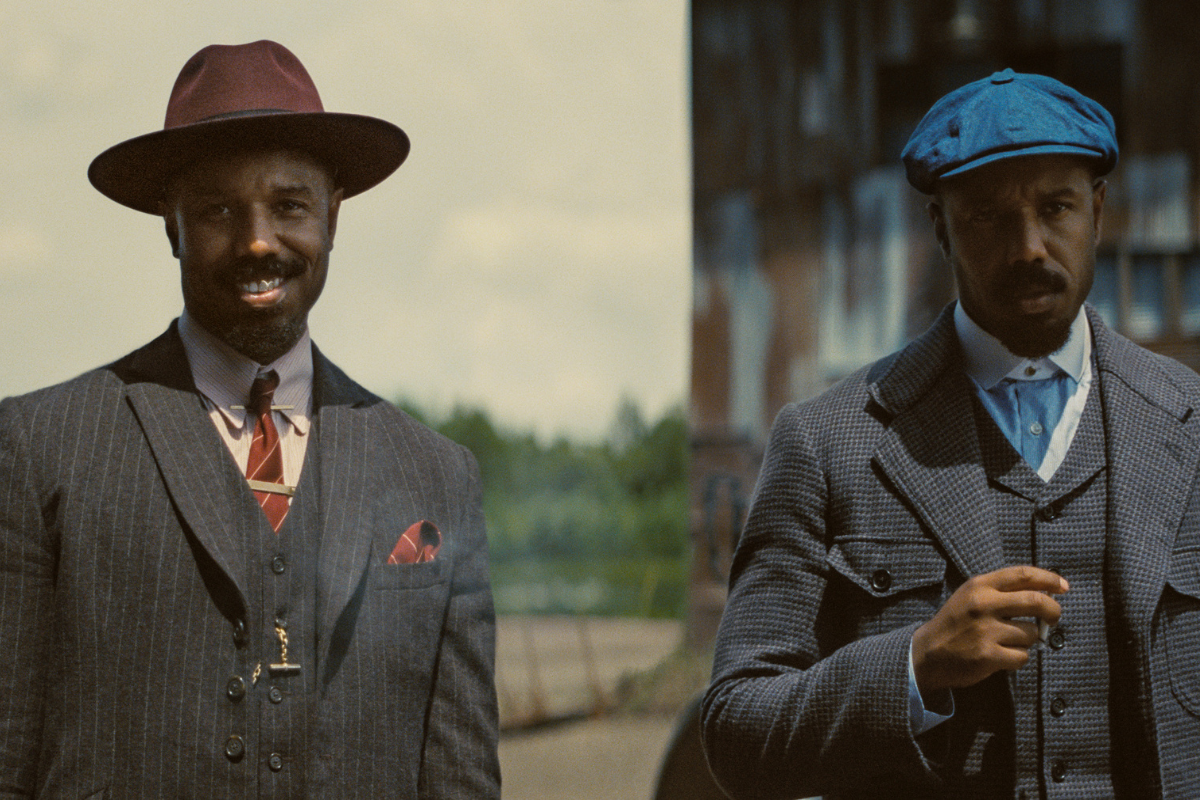STORYTELLING STRATEGIES: The Post and Its Main Character
When adapting a true story, like The Post, Paul Joseph Gulino examines the need to be willing to explore the main character beyond the facts and into a level of growth in order to tell a more complex and compelling story.
When adapting a true story, like The Post, Paul Joseph Gulino examines the need to be willing to explore the main character beyond the facts and into a level of growth in order to tell a more complex and compelling story.
Paul Joseph Gulino is an award-winning screenwriter and playwright, whose book, Screenwriting: The Sequence Approach has been adopted as a textbook at universities around the globe.
Story vs. character in the fact-based film
Two pictures came out last year that dramatize events from the 1970s: American Made, written by Gary Spinelli, and The Post, written by Liz Hannah and Josh Singer. Both screenplays adopt a kinetic, almost documentary style approach to telling their stories. Both are engaging. And yet both leave the audience with something of a mystery about the actions of their main characters.
In the case of American Made, Barry Seal (Tom Cruise) is introduced as an airline pilot willing to take a risk smuggling cigars on his aircraft to bolster his income. He’s recruited by the CIA to make extra cash flying a plane to Central American to take photos of rebel bases, then becomes embroiled in even more elaborate, risky, and illegal activities, including drug and gun running. These activities make his family rich, but keep him forever walking on the edge of exposure and ruin.
Seal enthusiastically engages in these activities, but what is it that drives him? He eventually makes more money than he has room to stash; why does he keep at it? Does he have any regrets? What lies behind his willingness to bend the rules? Why is he able to stay so cool under highly stressful conditions? Why does he keep going? What, ultimately, makes him tick?
For a two-hour film centering on the exploits of this wild and memorable person, these basic questions are surprisingly hard to answer. He just goes and goes, pursuing ever more wealth, and taking ever more risks and eventually (spoiler alert!) dying.
The Post: Starting With Story
The Post features Katherine Graham (Meryl Streep), owner of the venerable Washington Post by way of inheritance. The film ultimately centers around a moment in which Graham must decide whether or not to defy the government and go ahead and publish a story containing excerpts from leaked classified documents.
The stakes couldn’t be higher. Publish the article, and The Post itself may be doomed, both legally and financially, and Graham and her senior editor jailed. Refuse to publish, and the newspaper fails at its most essential mission: keeping the public informed of governmental misconduct in what is supposed to be a free society.
During that critical scene of decision, Graham is besieged by those offering passionate, conflicting advice. After a pause, she decides to publish. The screenplay turns on that moment, but why she makes the decision is not particularly clear. She has not been portrayed to this point as passionate about the free press, or the newspaper business, or even politics; she's more of a socialite among the Washington elite.
How much story to include?
Perhaps because these characters are based on real people, the screenwriters in both cases were reluctant to speculate on the deepest level of character — that might require taking more liberties than the storytellers wanted to take. They focus on the facts: the things the characters did and what happened to them.
More likely, the problem may lie in the basic choices the writers had to make in terms of the scope of the tales they chose to portray onscreen. The answer in both cases is: a big scope, in which many events had to be portrayed. American Made follows one man's exploits over several years; The Post has a much more condensed time frame but follows many characters.
These choices dictate a kinetic, rapid-fire style, so all that story can be crammed in. This leaves little screen time left for scenes of preparation or exposition — scenes that shape our emotional expectations and understanding of the events and people portrayed, in effect, emotional punctuation.
The Missing First Acts
Both screenplays lack what one might call a “first act” in this regard — that part of the screenplay that introduces us to the principle characters in the flow of their lives prior to the events of interest. The main story pretty much begins immediately in both cases: Seal’s recruitment by the CIA in American Made and Daniel Ellsberg’s theft of top secret documents in The Post. Further, The Post is populated by many characters early on, leaving comparatively little screen time for the main character.
One might suspect that the reason the screenwriters skipped the first act in these screenplays is so that the audience won’t be bored: they just wanted to plunge into the story without having to pause initially to get to know the people in that story.
A better solution — one that can maintain audience interest without sacrificing audience connection to character — involves simply making the first act engaging and interesting so it doesn’t seem like a first act.
A good example of how this can be achieved in a fact-based story can be seen in Lawrence of Arabia. The film could of course begin with Lawrence suggesting the Allies seize the Turkish fortress at Aqaba from the landward side — the central story of the first part of the film — and we could watch him go through his various struggles without know really what drives him.
Instead, the storytellers opted to create a shroud of mystery about Lawrence in the opening minutes of the picture, then, when we are hungry for answers, provide details about who he is and what his attitudes are, in various compelling scenes.
The effect of this strategy is that as Lawrence makes increasingly difficult choices during the course of the picture, his behavior seems inevitable — they are the only kinds of decisions he is capable of making — rather than leaving the audience on the outside looking in.
Need help writing great characters? Register for Glenn Benest's webinar
Creating a Great Character Arc
REGISTER NOW!
Paul Joseph Gulino is an award winning screenwriter and playwright, whose credits include two produced screenplays in addition to numerous commissioned works and script consultations, and his plays have been produced in New York and Los Angeles. He taught screenwriting at the University of Southern California for five years, and since 1998 has taught at Chapman University in Orange, California where he is an associate professor. He has lectured and given workshops in the U.S. and Europe and recently guest-lectured at Disney Animation in Burbank. His books include Screenwriting: The Sequence Approach and The Science of Screenwriting: the Neuroscience Behind Storytelling Strategies, co-written with psychology professor Connie Shears. His web site is www.writesequence.com.







